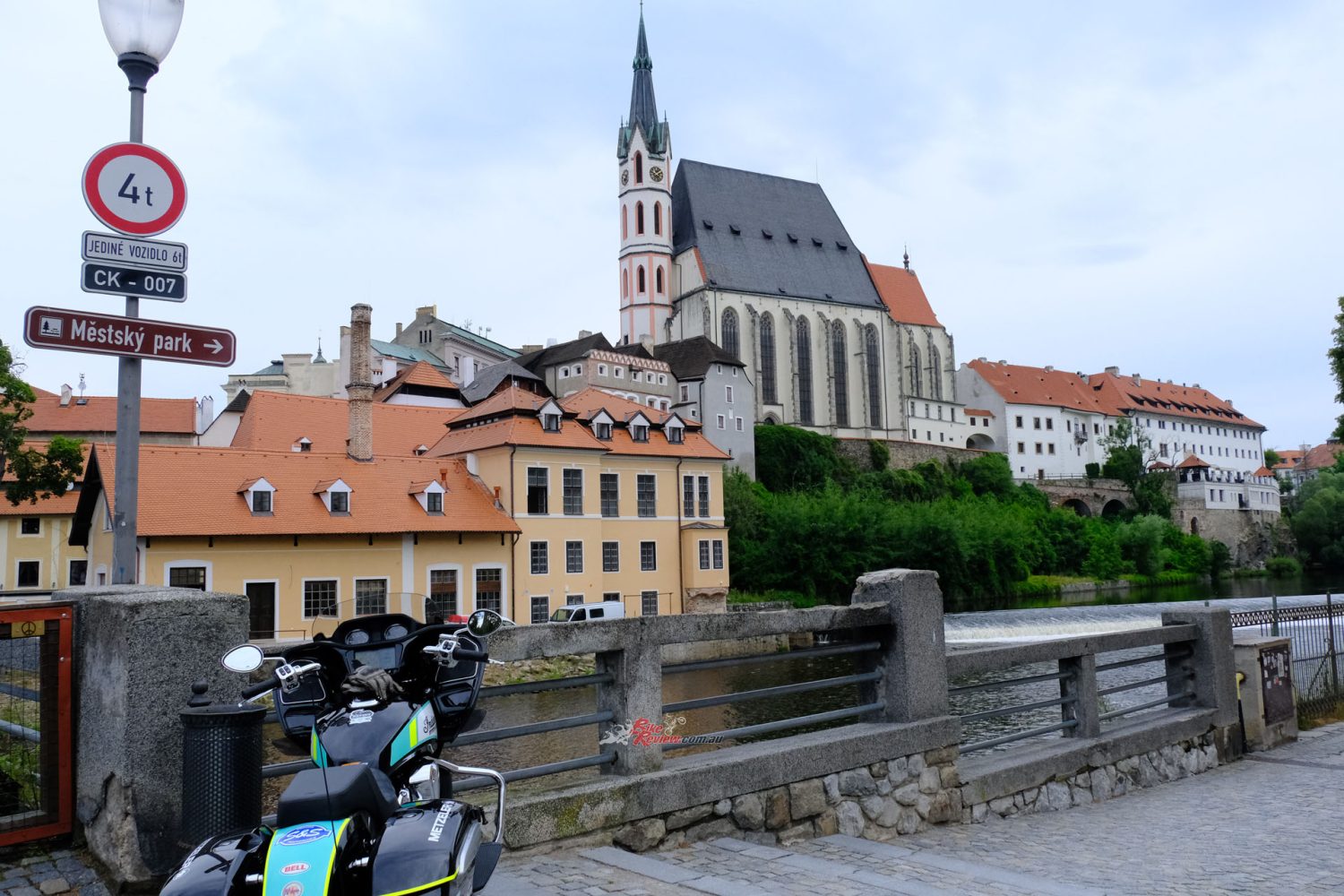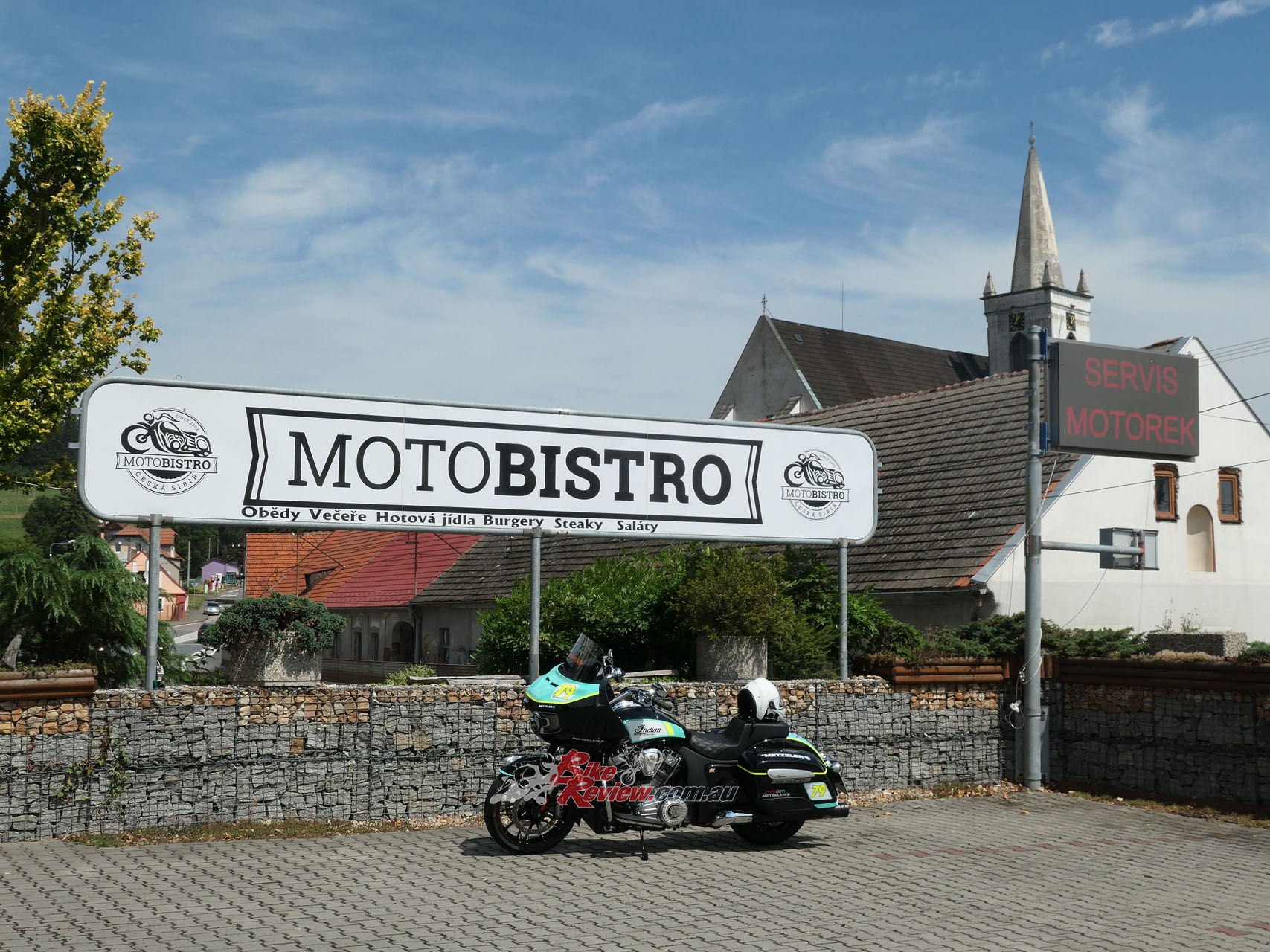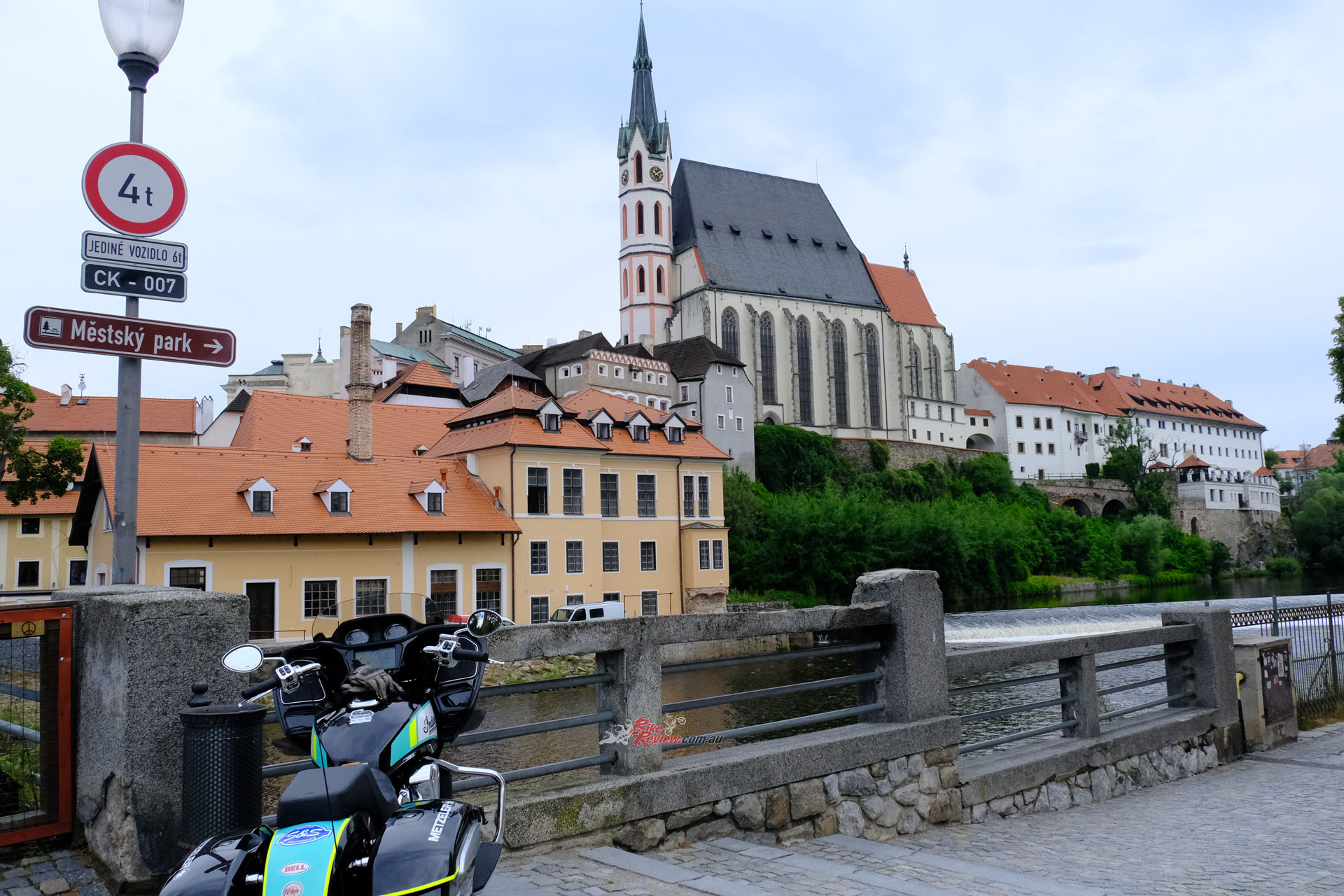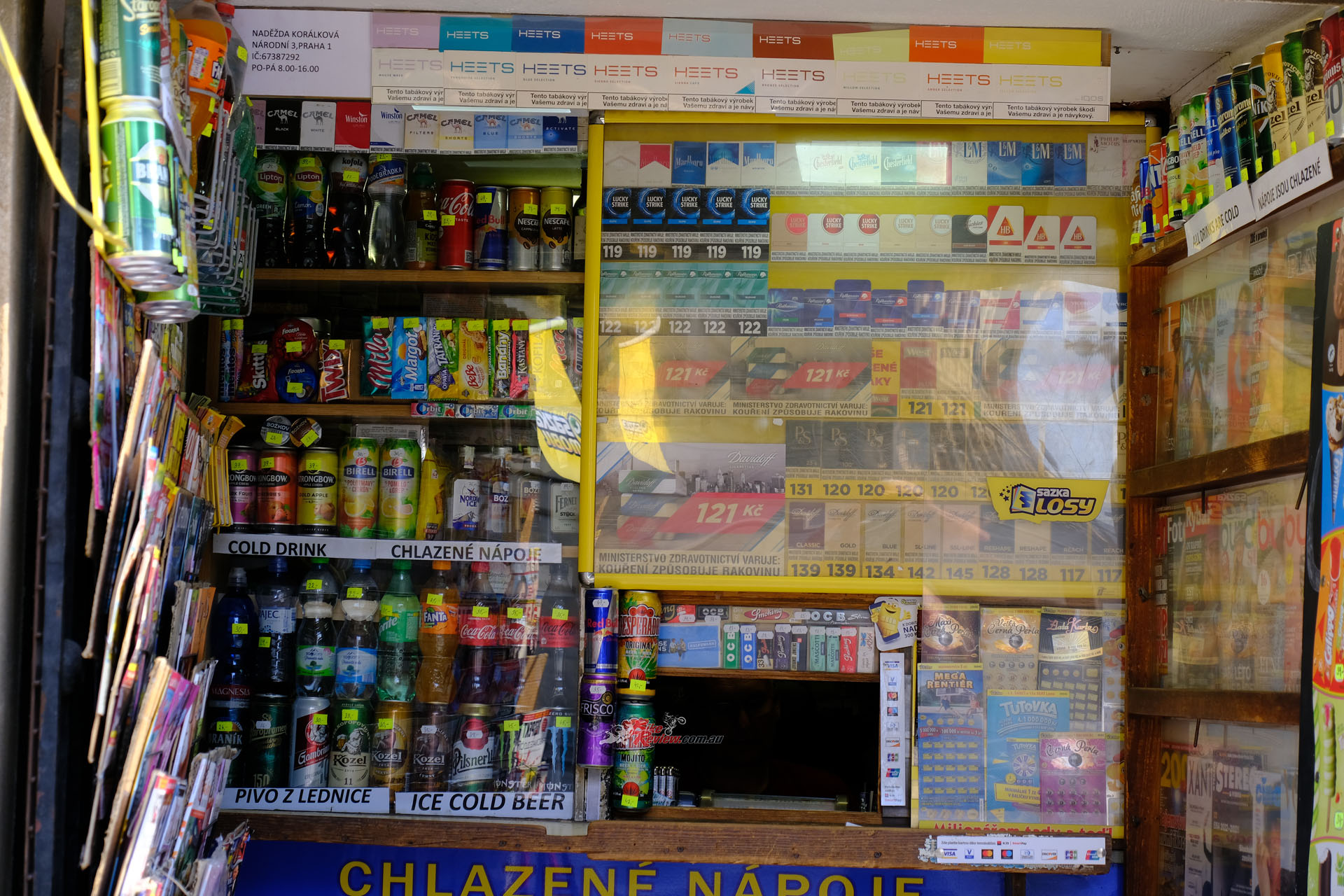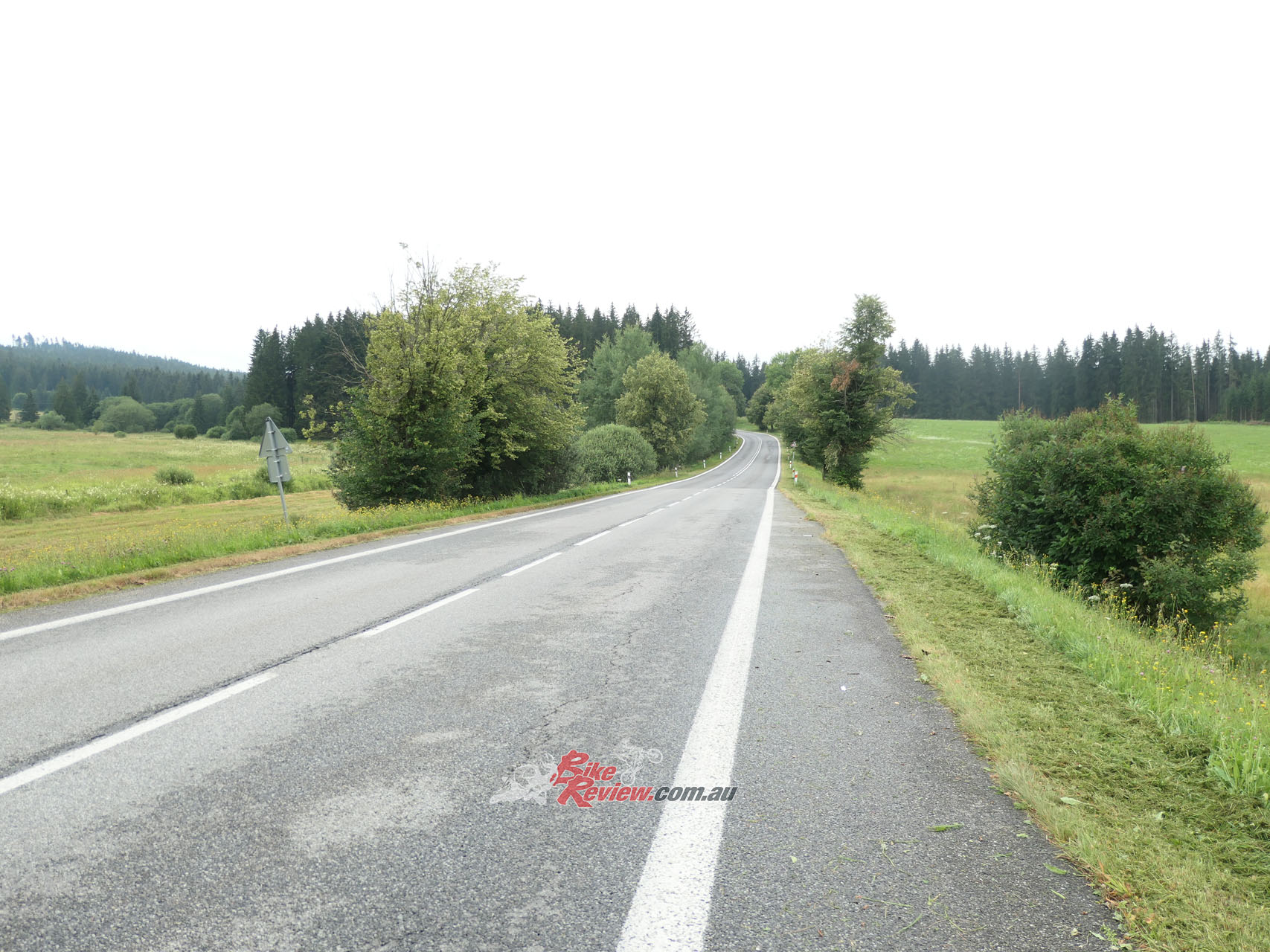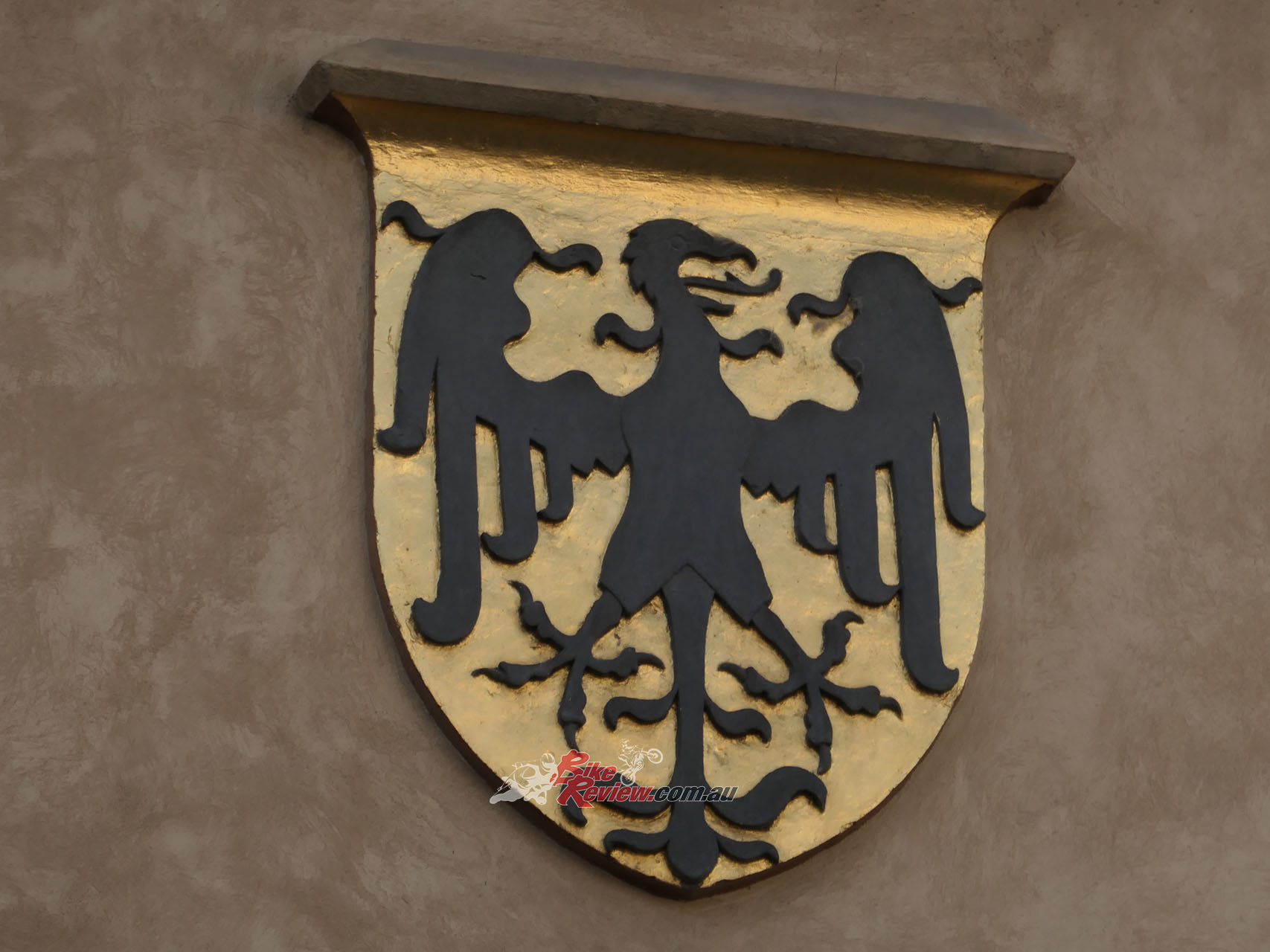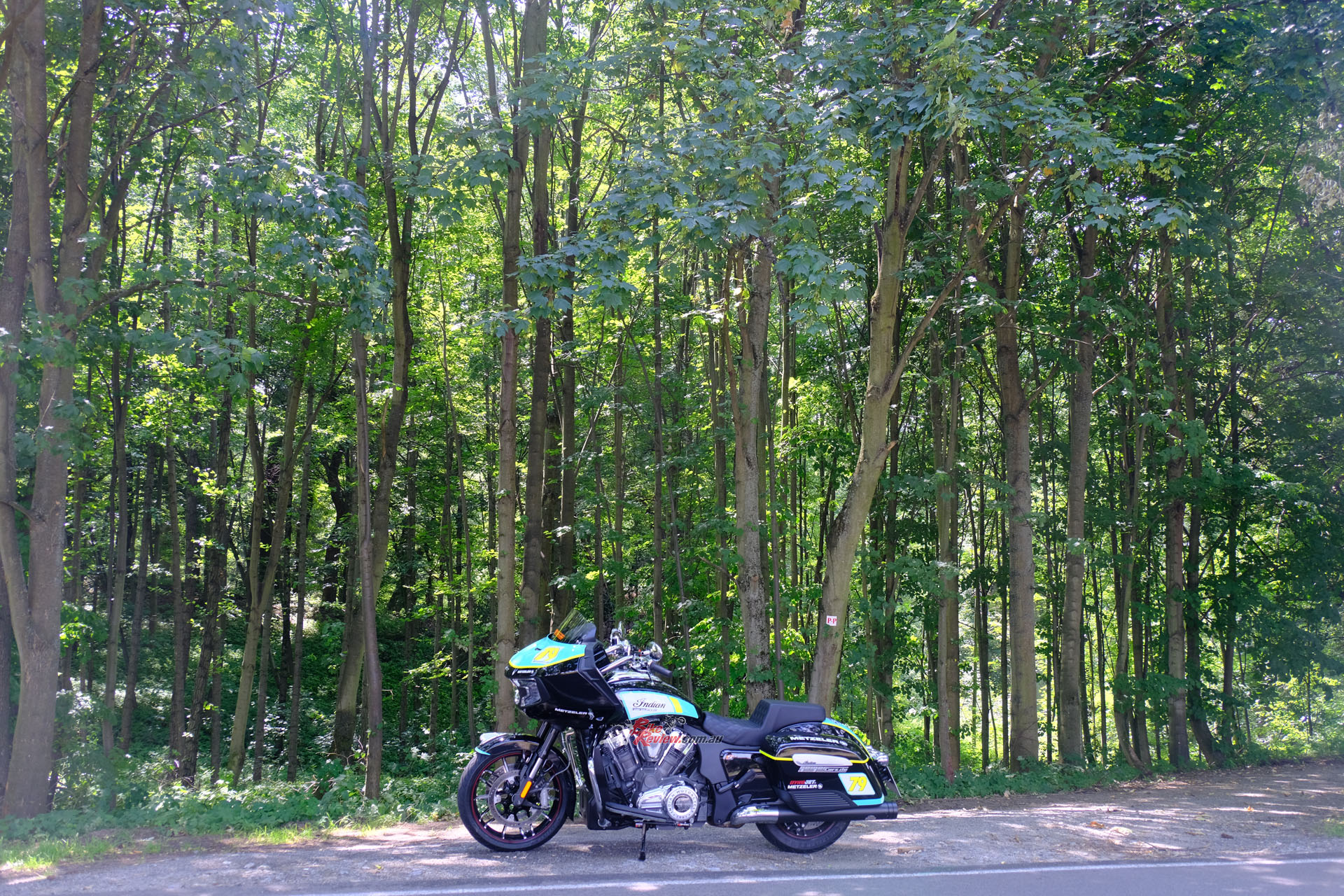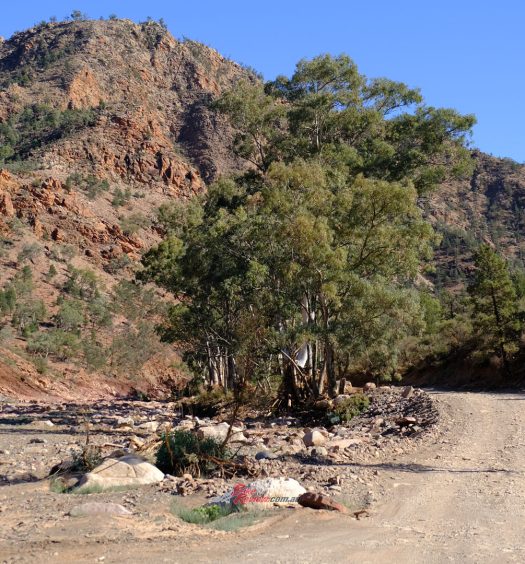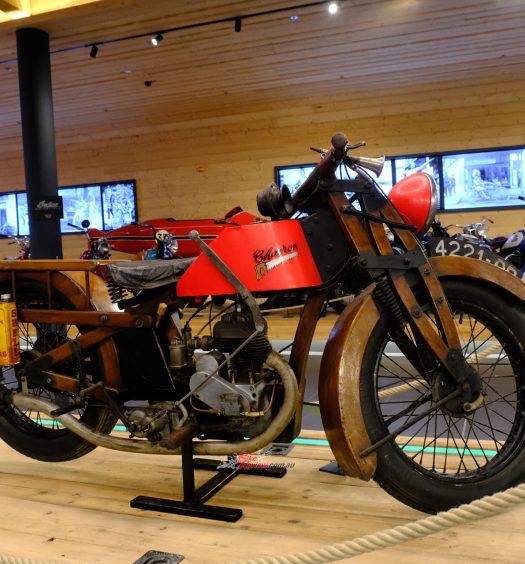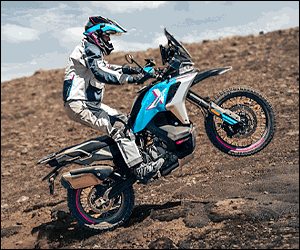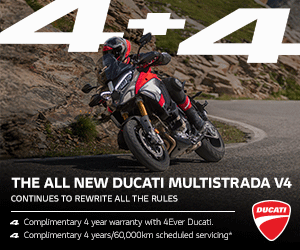Thinking of heading overseas for a riding holiday? Why not check out Czechia! Awesome roads, lots of sight seeing, friendly people and plenty of beer to drink... Words & Photos: The Bear.
Czech it out! Here is a country with links to motorcycling and great roads. I had to jump at the chance to head over there an check out the motorcycle history of this amazing country that’s often over-looked by motorcycle tourers, here’s what I discovered.
You may not think of Czechia as a motorcycle manufacturing country. Even today it has three companies that make bikes: Blata, which has been making high performance mini-bikes since the ‘80s; Čezeta, a motorcycle company which manufactured the unique-looking scooter of the same name from 1957 to 1964 and has been revived as an electric scooter builder; and Jawa Moto, the successor to probably Czechia’s best-known marque, Jawa. The name has been licensed to Classic Legends, which is owned by Mahindra, since December 2018.
Stay up to date with The Bear’s travels here…
But that is hardly scratching the surface. There were many others including Cezet, marketed as CZ and transformed into Cagiva after being bought by the Italians. Böhmerland built a wonderful three-seater touring bike; Praga Hostivař made bikes into the ‘30s and then switched to aeronautical equipment; others were Aedros, Babetta, Bekamo (later CZ), Eisler, Hurikan, Jelinek, Laurin & Klement, Republic, Satan, Tatran, and Velorex (now known for its sidecars and trailers). Altogether, cybermotorcycle.com lists 100 brands from Czechia. That number is not so surprising; South Australia once had as many.
There were even cultural influences in Czechia. Well-known composer František Kmoch wrote ‘Na Motoru’ (On a Motor Cycle) and the above website has the following item: “According to the story of Kmoch’s son-in-law Rupert Audolenský, husband of Kmoch’s third daughter… At the end of the last [18th] century, the fitters drove their motorcycles right on the street. They took advantage of the slight slope of the street to the station. The rider had to push the machine first, when it took the engine to start, quickly accelerate and run. Kmoch often watched their skill at the window. He once sat down at the piano… and so the song known to this day was slowly created.” In other words, Czechia was a heavy hitter in the motorcycle world.
“You may not think of Czechia as a motorcycle manufacturing country, but even today it has three companies that make bikes: Blata, Čezeta and Jawa Moto.”
The parts of the country that I saw on a recent visit aboard an Indian Challenger Limited I had borrowed from Indian Motorcycle in Munich did not look industrial. It looked to be a rural place – even though it was once the industrial heartland of the Austro-Hungarian Empire – and indeed there are heavily industrialised parts of it today, such as around Most in the north-east and Pilsen. But in the countryside you see fields and meadows, cows and pigs, the usual components of a rural environment, and pleasant, well-surfaced tar roads.
I first visited what was then Czechoslovakia back in 1971 when my main interest was the excellent and cheap beer. My next visit, in 1988 around the time the Iron Curtain fell, also involved beer but this time it was professional interest. I was editor of the Australasian Beer Guide, and wanted to see just how brewing had been carried out in Pilsen under the communists and how it was expected to change. I’ve been back a couple of times since.
When I was there again recently, I once again only visited the western part of the country, but I did get to Prague and to the north. The Challenger Limited had been used for bagger racing in Munich and still bore all the stickers, I discovered a terrific country for just riding.
With a network of country roads that probably go back to well before the Middle Ages and a bike that just thrives on being punted into corners fairly hard and then powered out with all the punch offered by its 1768cc v-twin I could hardly have been in a better place. Of course I didn’t need the 122 horses or the amazing collection of electronics, but it was fun to have them all.
“What is it like to ride, apart from being mainly placid and rural? Czech motorists are almost unfailingly polite.”
What is it like, apart from being mainly placid and rural? Czech motorists are almost unfailingly polite. They handle their new Skodas with the sort of care that comes from remembering when you couldn’t even imagine having a proper car of your own. They made the jump from the two-wheeled, often home-built and mostly Jawa-powered cheap dálníks to Skodas with aplomb. Most of the bikes I saw were BMW GSs with out-of-country plates. Local bikes seemed to be predominantly Japanese or Italian maxi scooters and occasional Harleys/Indians. No sign of the country’s own brands.
The riding in Czechia is good. Not only is the road surface in excellent condition but the surveying, done before the days when large amounts of earth were commonly moved to straighten the lines of the road, wanders pleasantly through the verdant countryside. Signposting is frequent and consistent. Traffic is light, and as I mentioned, drivers are courteous. So are police officers.
“The riding in Czechia is good. Not only is the road surface in excellent condition but the surveying wanders pleasantly through the verdant countryside.”
Unlike western Europe, where you are lucky indeed to find a stretch of road that has not been tarred – and even luckier to find such a stretch that you’re actually allowed to ride – Czech country roads are still quite often gravel or even dirt. Mind you, I doubt they’ll be that way much longer. Back roads may still be narrow, but they are increasingly surfaced.
The landscape is wonderful too, lush and green and bursting with vegetable vigor. It is not hard to see why Bohemia and Moravia were such sought-after territories. Tourism is a bit of a scourge in Prague and in the other main centres like Karlovy Vary (Karlsbad) and Pilsen, but as a motorcyclist you can easily travel a totally unspoilt Czechia. Just stay off the main roads and out of the main cities – and away from the industrial north-east. There is plenty of affordable accommodation everywhere, and motorcyclists are welcome everywhere as well.
Editor’s Note: If you are reading this article on any website other than BikeReview.com.au, please report it to BikeReview via our contact page, as it has been stolen or re-published without authority.


